Emails are one of the best channels to reach out to your target audience and sell, promote or generate leads for your products or services. If you are a business person, you already know the unlimited perks of email marketing. But for your knowledge, email marketing is not just limited to sending bulk, promotional or personalized emails, there are different types of marketing emails for different purposes. And here we will brief you out about them.
7 Types of Marketing Emails You Should Send
1. Welcome Emails
Welcome emails are often the simplest form of email marketing where you welcome your customers onboard once they sign up on your app or website. These welcome emails can be an innovative way to give a glimpse of your exclusive content to the customers. Study shows that welcome emails have 5x click through rate and 4x open rate on an average compared to the other marketing emails. So, doing it right can be of benefit for your business!
2. Dedicated Emails
Dedicated emails or standalone emails are frequently used marketing emails that contain information about only one offer. For instance, you can update your audience about a new software launch or new product arrival through such emails. While this type of emails are often sent in bulk, it is recommended to send only relevant dedicated emails to your audience lists to avoid getting marked as spam.
3. Email Newsletters
While visiting various websites especially e-magazines, media or business blogs and others, we often come across the options of signing up for newsletters. Nowadays, most businesses send newsletters to the audience who opt for it. These email newsletters are nothing but a round up of blogs, articles, stories or updates published on a website that are sent at specific time intervals (weekly, monthly, quarterly etc.). Such marketing emails are a great option to stay in touch with your customers and keep them up to date with your brand. To ensure that your email campaigns deliver to the people’s inboxes, consider using the SPF record checker and taking the necessary steps.

4. Lead Nurturing Emails
As the name suggests, lead nurturing emails are meant to move users from the consideration stage to the decision stage of the lead funnel. Marketers need to develop a lead nurturing strategy in order to influence the decision making of the users. Such emails may contain the exclusive features or advantages of using your products or the sneak peek into what they will avail at a convenient price compared to other products in the market etc. Statistics say that nurtured leads generate 50% more sales than the non-nurtured ones, while such email marketing campaign software have one of the highest ROIs in digital marketing.
Also Read: The Difference between Marketing Email and Transactional Email
5. Product/Content Update Emails
Product/content update emails give your customers information about your latest product updates, new releases etc. so that they always have a clear understanding about your brand offerings. You can also incorporate the exclusivity of your products and why your customers should go for them or give some offers on them to make such emails more fruitful. In this stage, using an email verifier can be beneficial as it can ensure the accuracy and deliverability of recipients’ email addresses, maximizing the effectiveness of communication and engagement with users.
6. Re-engagement Emails
Enhancing customer engagement is one of the main goals of email marketing and such marketing emails are designed to re-engage the customers who have not been so active on your website or apps or in terms of purchasing or browsing through your products for a while. But how do you know when to consider your customers as inactive and trigger re-engagement emails? Research says that if your customers stay inactive for 31 to 60 days on an average, then maybe it is the time to run such win-back email campaigns. Moreover, re-engaging an inactive customer is almost 5 times cheaper than acquiring a new one. So it is always recommended to send such marketing emails, with an attention-grabbing subject line, as and when needed.
7. Brand Story Emails
Storytelling is one of the most powerful tools to use in email marketing. And customers are always intrigued by the catchy, unique story of the brand they are engaging with. While most of the marketers highlight their brand history and display the uniqueness of the brand offerings, it is not mandatory that your brand has to be old enough to tell such stories. Every brand is unique in its own way and it’s all about how you present it to draw the customer’s attention through brand story emails.
Wrapping Up,
Email marketing can never be outdated even in the era of WhatsApp, Instagram and other social media channels. If done right, it can give you the best possible results in terms of improving customer engagement, building customer loyalty, increasing recurring revenue, creating brand image and what not!
While it’s recommended to go for an automated system or tool to automate and streamline all such email marketing activities, you should ensure what additional benefits such systems can provide. As every other business is using email marketing tools, you need to look for more to stand out from the crowd and make your marketing campaigns highly impactful.
Muvi Notification Engine Konviare enables you to trigger multi-channel notifications (email, WhatsApp, SMS etc.) from a single dashboard without any need of coding. Furthermore, it offers exclusive feature-rich solutions such as creating & managing audience lists, personalizing bulk emails, analytics & insights, and many more!
Take a 14-day free trial now and get 100 notifications completely free (no credit card needed).

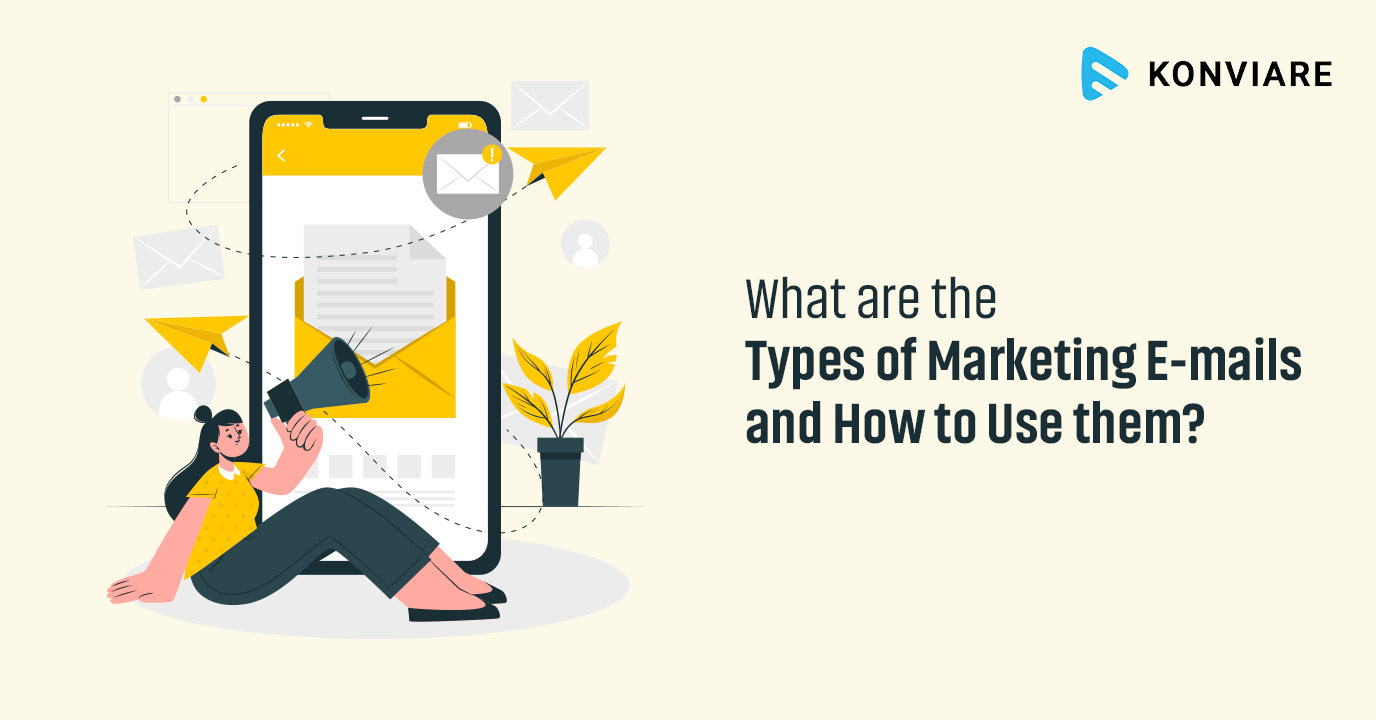


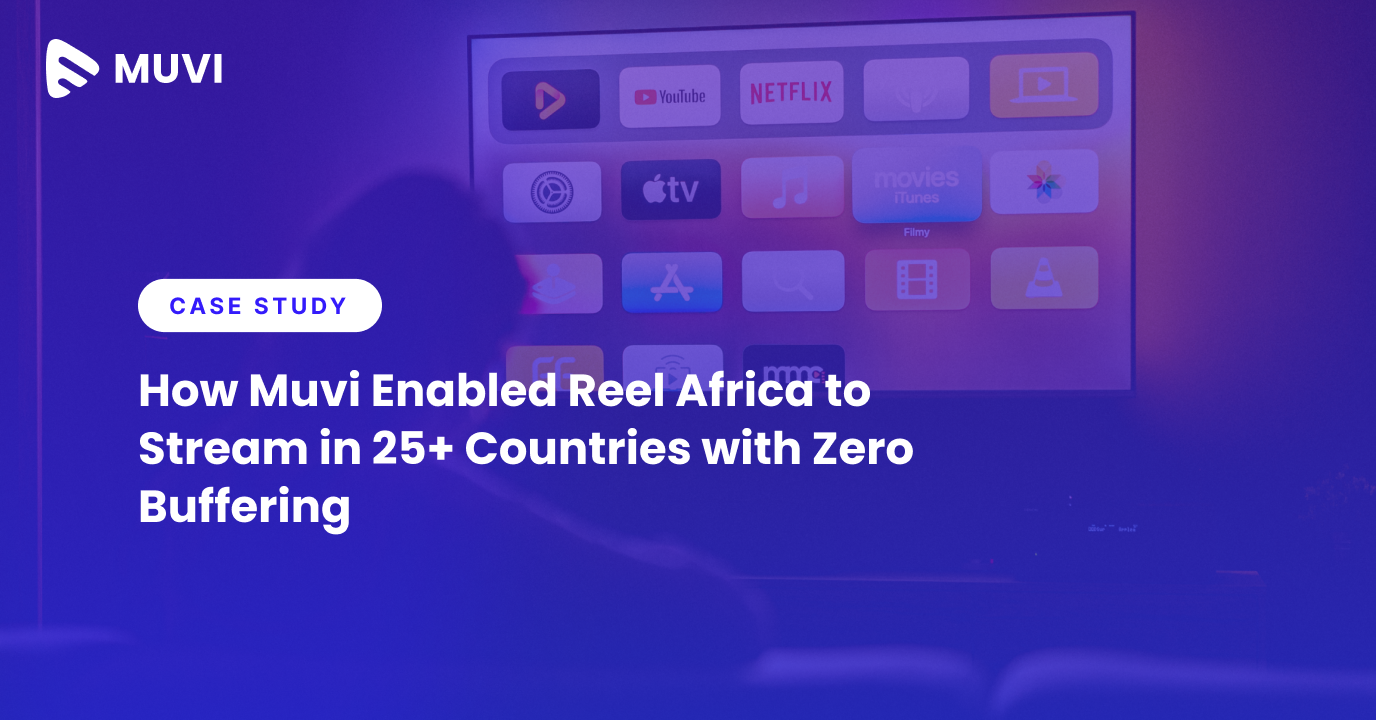
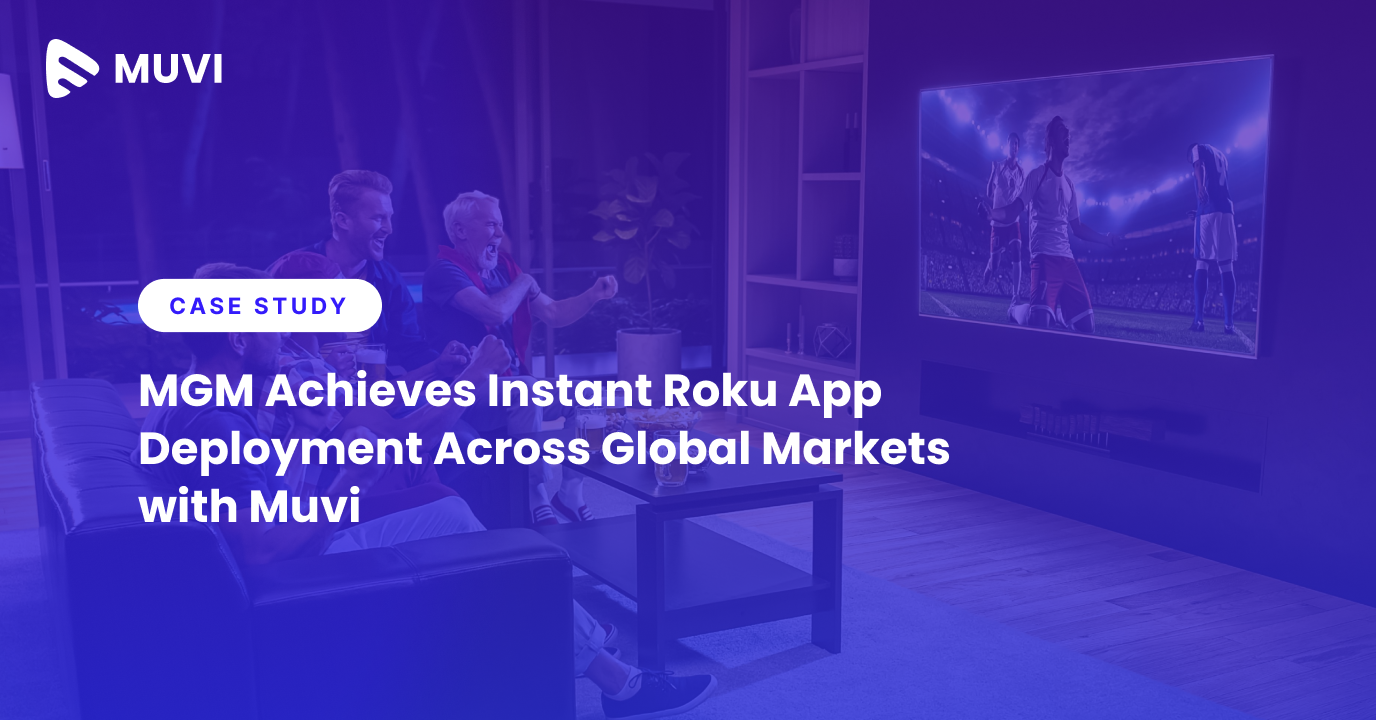
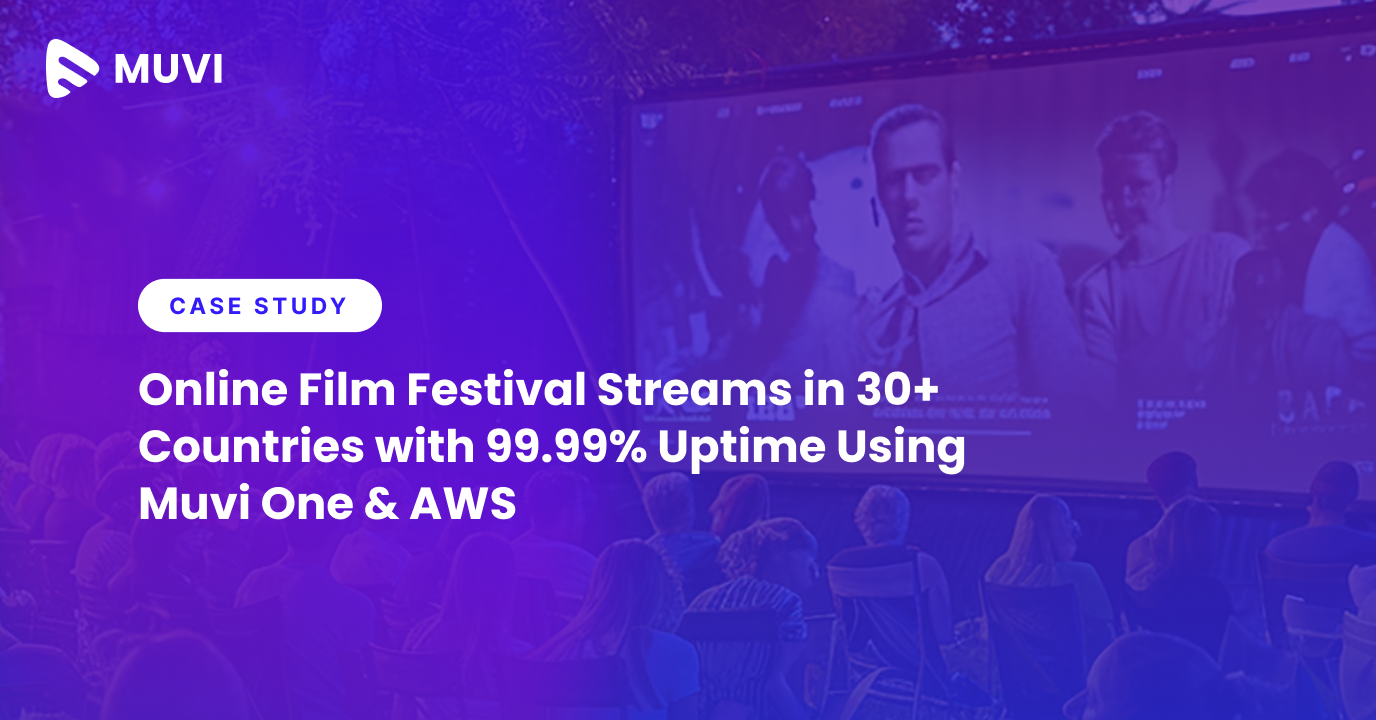
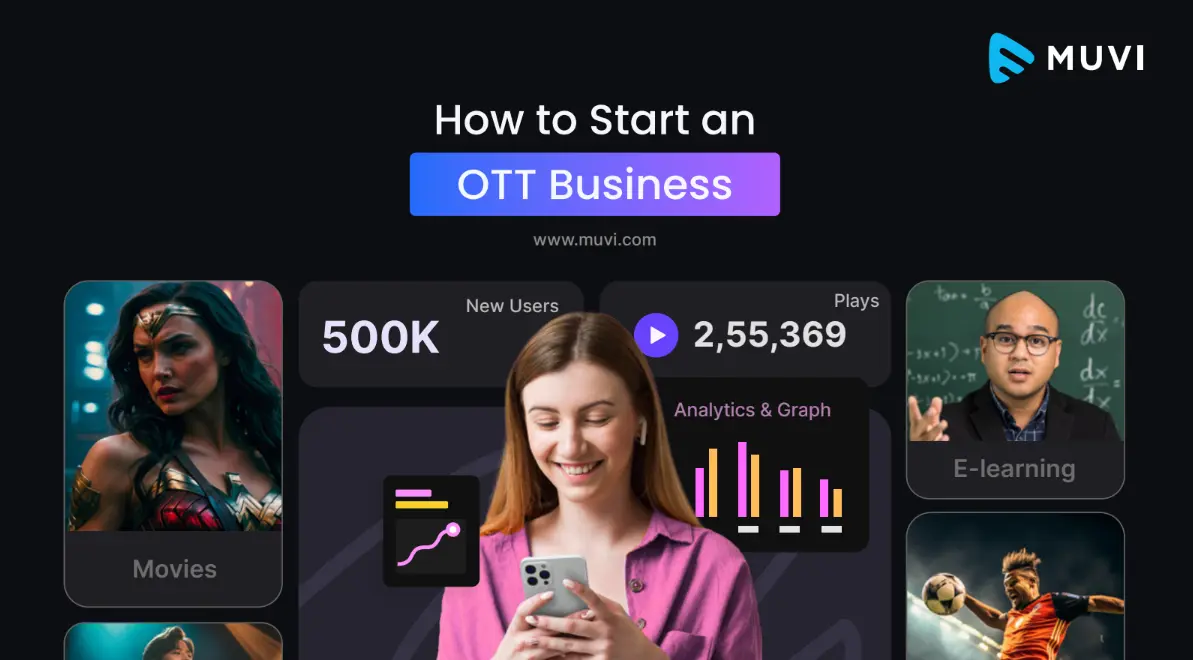
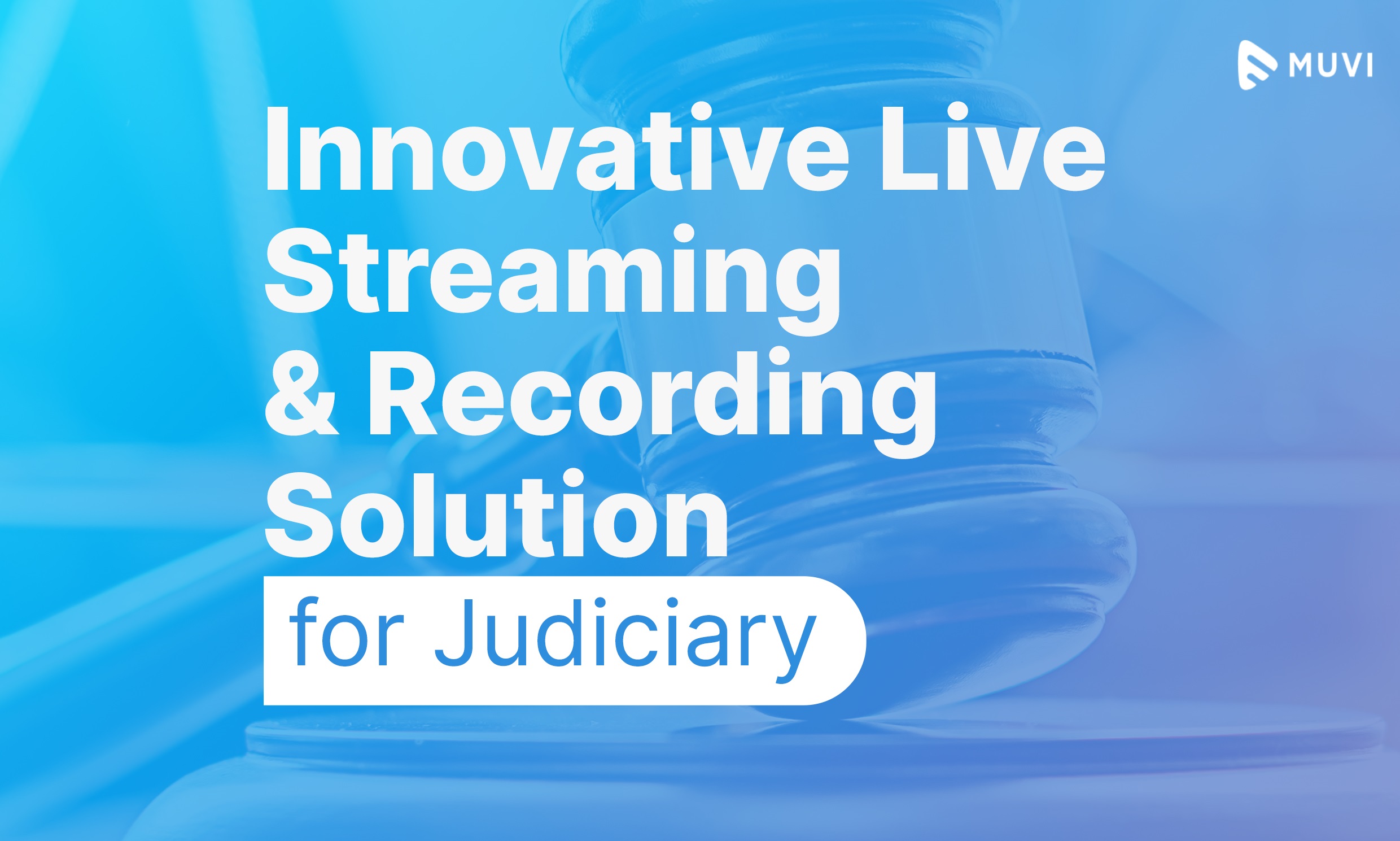
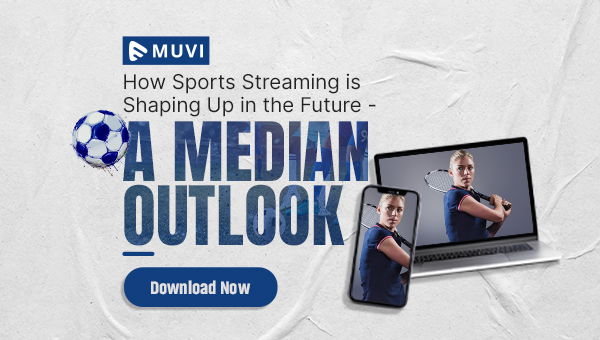
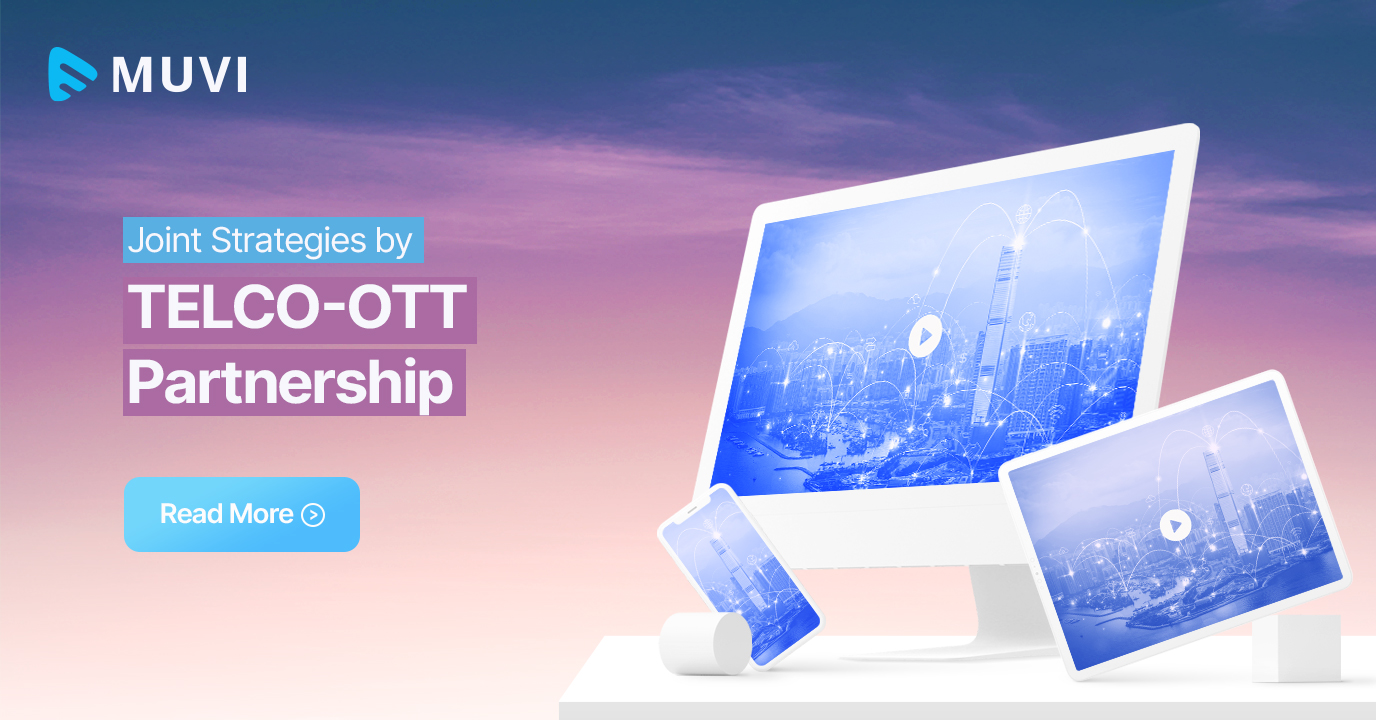
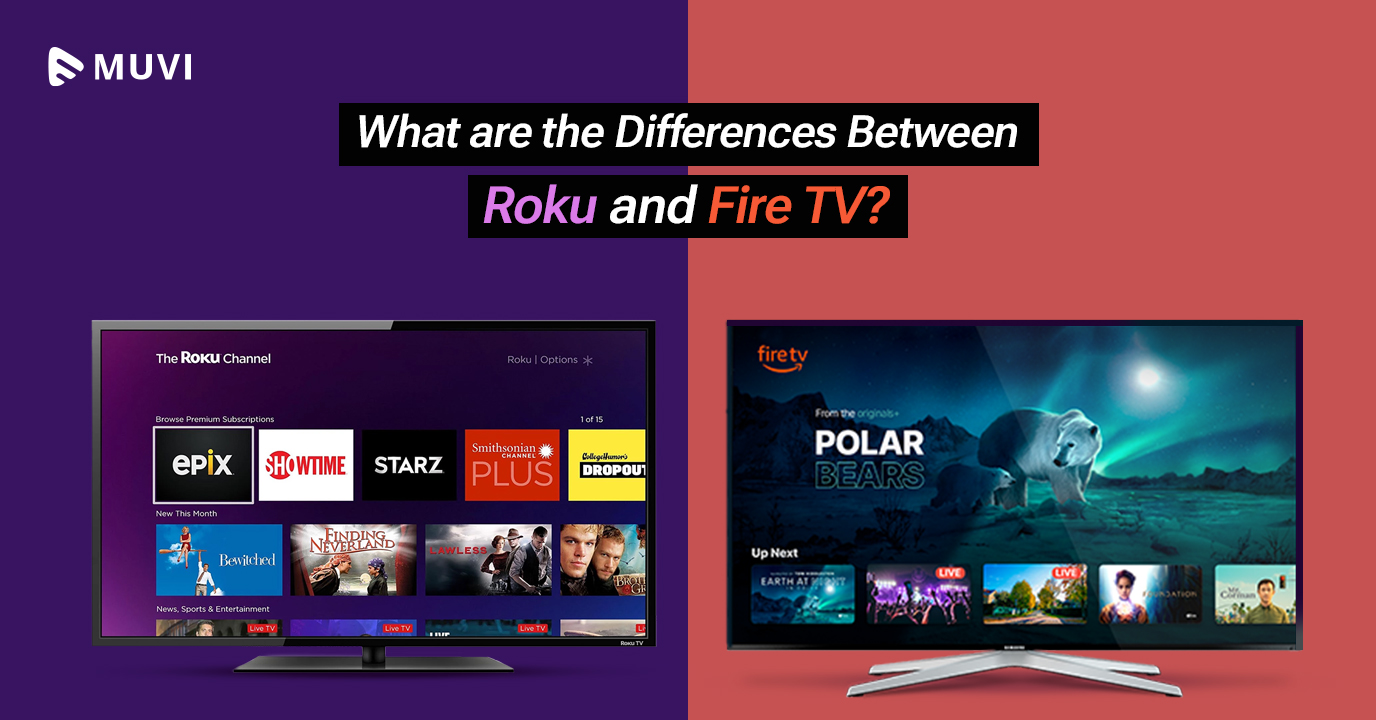
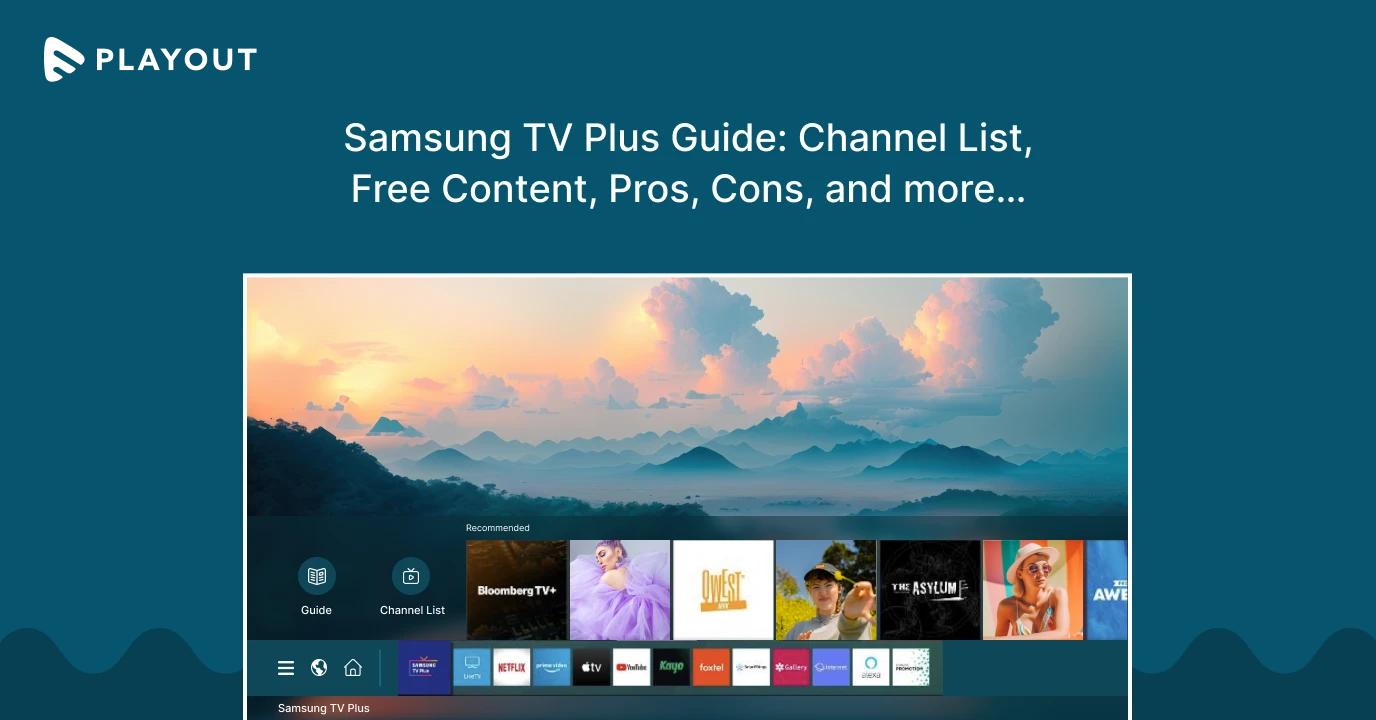
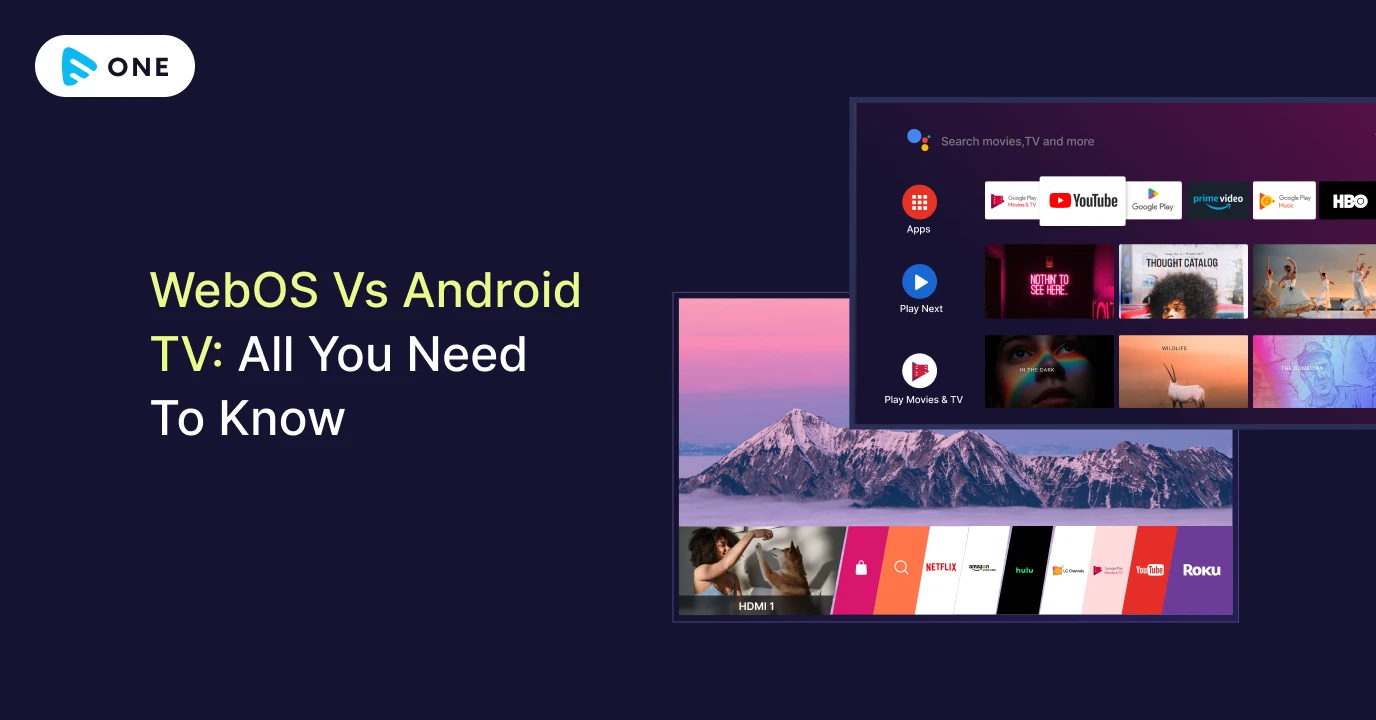



Add your comment